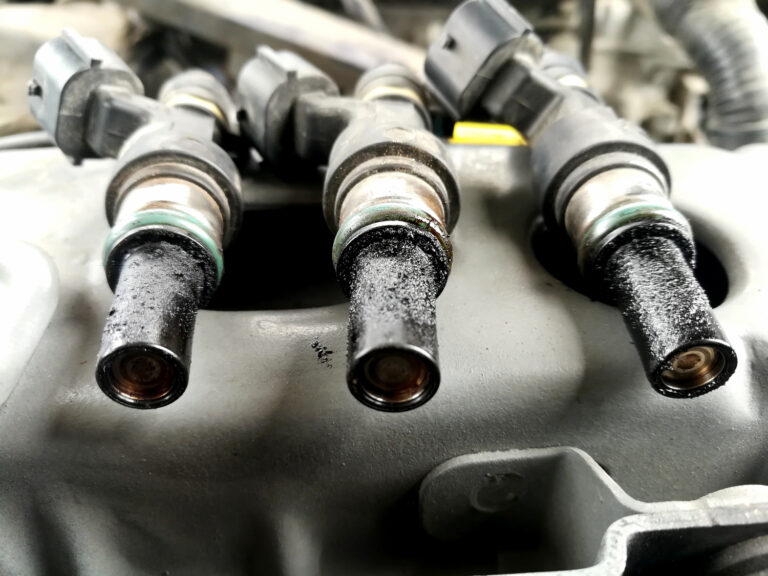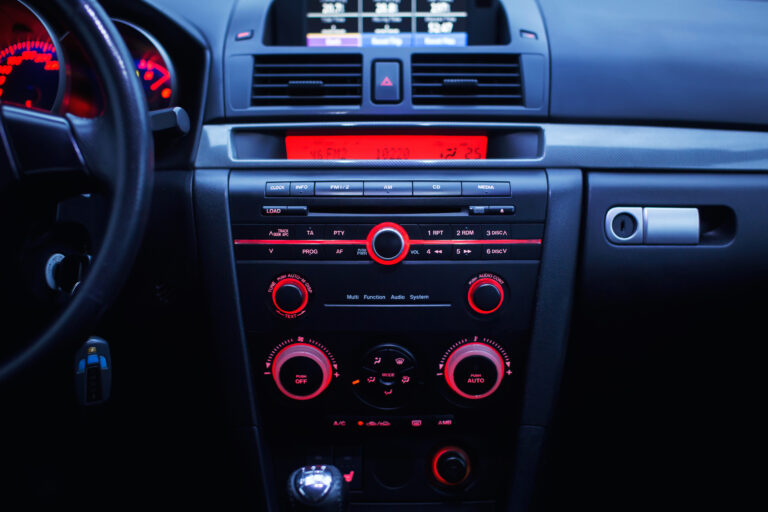When traveling today, most cars and trucks use internal combustion engines that utilize gas or diesel as gas and store this gas in a gas container. Many gas tanks are located on the undersides of the car and are created to keep the gas from exiting the storage tank once it has been poured in. There are times when it will undoubtedly be essential to drain gas from the tank, such as when replacing a gas pump, cleaning a storage tank, or if you have accidentally filled it with the wrong kind of gas. In this overview, we will certainly review two methods for draining pipes fuel from a container. Both techniques call for a tiny quantity of hand tools and are reasonably straightforward to carry out.
Caution: Gasoline is a highly combustible liquid, and also its vapors are hazardous to breathe. For that reason, make sure to work in as very aerated an area as possible, and also make sure to keep any electronics, stimulates, and open fires away from the lorry whatsoever times.
Approach 1 of 2: Draining a gas storage tank utilizing a siphon pump
- The first technique we will use entails using a primary siphon hand pump to attract the fuel from the container right into a storage space can.
- Products Needed
- Gas storage space can
- Long thin screwdriver
- Siphon hand pump
- Store dustcloth (to wipe up any future spills).
Step 1: Drive the lorry up until the fuel is as low as feasible. This will reduce the quantity of draining pipes that will require to be done.
There will undoubtedly be specific cases where this will certainly not be possible, such as when a fuel pump has fallen short or when the wrong fuel has been pumped right into the container. In these situations, you need to be conscious that the fuel tanks on some automobiles can hold upwards of eighteen gallons, some much more, so if that much gas requires to be drained, make sure you have adequate fuel storage canisters to do so.
Step 2: Feed the siphon pump tubes right into the fuel storage tank. When you are ready to start, open the gas filler door, remove the gas cap, and begin to feed one termination of your siphon pump tubing down with the gas filler neck right into the gas storage tank.
If you discover that your gas door will not close or open, make sure to have an authority mechanic, such as one from YourMechanic, have a look at it.
Tip: It may be a bit tough to feed the tubing into the tank, as it is possibly very flexible as well as will undoubtedly kink; a great strategy is to provide it in tiny increments, a bit at a time until the tubing has reached as far down into the storage tank as it can go.
Tip: Many automobiles will additionally have a little steel door or flap that might protect against the tubing from being fed into the storage tank. If this is the case, use your screwdriver to press the tiny steel door open and feed the tubes down right into the tank.
Action 3: Pump the fuel right into the fuel storage tank. When one end of your siphon pump tubing has been fed into the car’s tank, feed the other termination into your fuel storage tank and also pump the hand pump up until you see fuel moving via the tubing.
Continue to pump the hand pump till all of the gas is drained, and also, you can no more see fuel moving with the tubes. This may take a little time, relying on the amount of power that requires to be drained.
Tip 4: Dispose of or keep the gas. When every one of the fuel has been drained, properly throw away or save the fuel as well as wage your repairs, or fill your vehicle with the appropriate type of gas.
Technique 2 of 2: Draining a gas container using the fuel container drain plug.
- Materials Needed.
- The basic set of hand devices.
- Drain pipes frying pan.
- Jack, as well as a jack, stands.
- Safety glasses.
- Shop rag (to clean up any possible spills).
- Wood blocks or tire chocks.
Keep in mind Not all automobiles will have a drain plug on the gas storage tank. Before starting, make sure to research your particular car to see if it undoubtedly does have a drainpipe plug.
Action 1: Drive the lorry until the fuel is as low as possible. Comparable to Method 1, Step1, this will reduce the draining that will need to be done, saving time and energy.
If this isn’t feasible, make sure you have sufficient drainpipe frying pans to capture the amount of fuel to be drained from your automobile.
Action 2: Raise one of the car’s back wheels and safeguard it on a jack or jack stand. Ensure to elevate the vehicle sufficiently to provide an area for navigating beneath the vehicle.
Organize the parking brake and use chocks or wood blocks below the tires to prevent the vehicle from rolling.
Step 3: Locate the drainpipe plug. When the automobile has been increased, placed it on your shatterproof glass and find the drain plug on the underside of the lorry; it should be someplace on the bottom of the fuel container.
Tip 4: Loosen the drainpipe plug. Once you prepare, place a drainpipe pan underneath the pin as well as loosen the plug.
Many fuel tank drainpipe plugs are not unlike standard oil drainpipe plugs and can generally be loosened up with a cog and the correct dimension socket.
Step 5: Drain the fuel from the storage tank. As soon as the drainpipe plug has been loosened, remove it entirely by hand. Permit the gas to drain pipes until the tank is empty.
Caution: Take safety measures, as gas is likely to spill out at full force as soon as the drain plug is removed. Have towels or rags close by to clean up any spills.
Step 6: Replace the drainpipe plug and dispose of or keep the gas. When the fuel is drained pipes, re-install the drainpipe plug and effectively get rid of or save the drained pipes fuel. Move forward with any repairs or solutions that require to be done.
For many lorries, draining pipes, the fuel tank is a pretty uncomplicated treatment that can be finished with a tiny amount of devices or exceptional understanding. As constantly, take preventative measures when dealing with gas, as it is highly combustible, and bear in mind to correctly deal with or keep any one of the gases that you drain pipes.







